This article first appeared in French in La Presse on Dec. 9, 2024 as part of its series Planète bleue,…
Read More
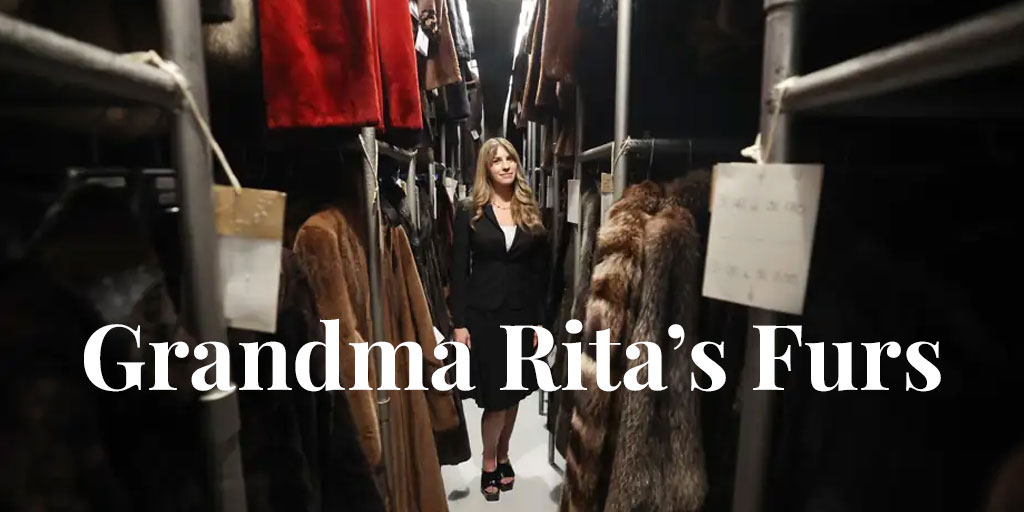
This article first appeared in French in La Presse on Dec. 9, 2024 as part of its series Planète bleue, idées vertes,, and is reproduced in English with permission.
As a child, did you ever dive headfirst into a mountain of fur coats piled on a bed?
This question, which takes us straight back to the 1970s and 1980s, came up while La Presse was visiting the Créations GAMA workshop on rue Saint-Georges in La Prairie.
Behind an armoured door where the temperature is kept at 12°C, with controlled humidity, hundreds of large coats are lined up under an industrial-height ceiling. There's pearly white, gold, long-haired chocolate, short-haired black …
Designer and fashion manager Gabrielle Mailhot-Côté's mission is to restore fur to its former glory through remodelling. She is dedicated to the circular economy in a world of luxury.
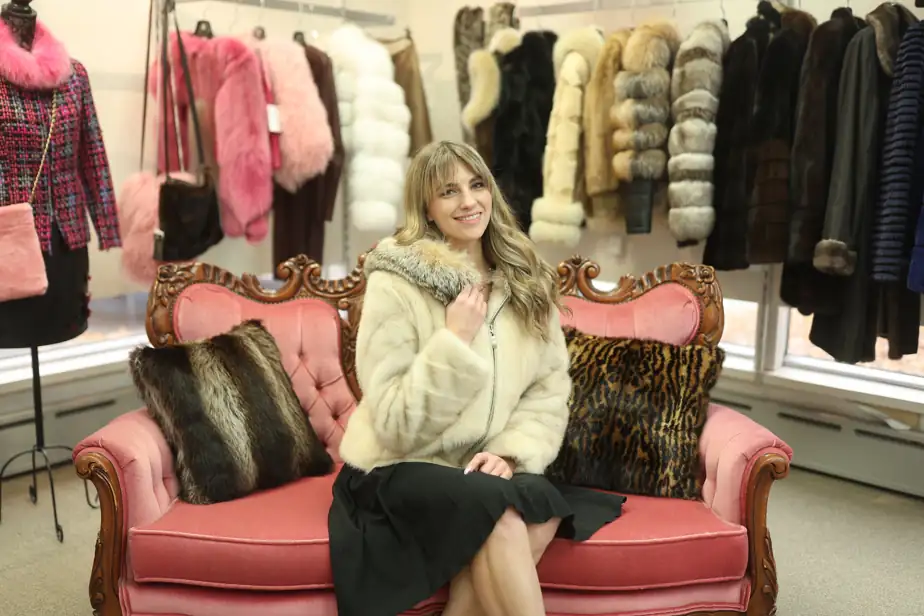
My customers often come to me to bring back memories, textures and the scent of old perfumes. I remodel, make to measure or store and look after their furs.
Gabrielle Mailhot-Côté, designer, fashion manager and founder of Créations GAMA
All this, often with nostalgia for those evenings spent at an aunt's or grandmother's house, with laughter muted in the kitchen, recounts the woman who, in 2021, went ahead and relaunched Spécialités André Morin cuir et fourrure, which will be remembered by the not-so-young.
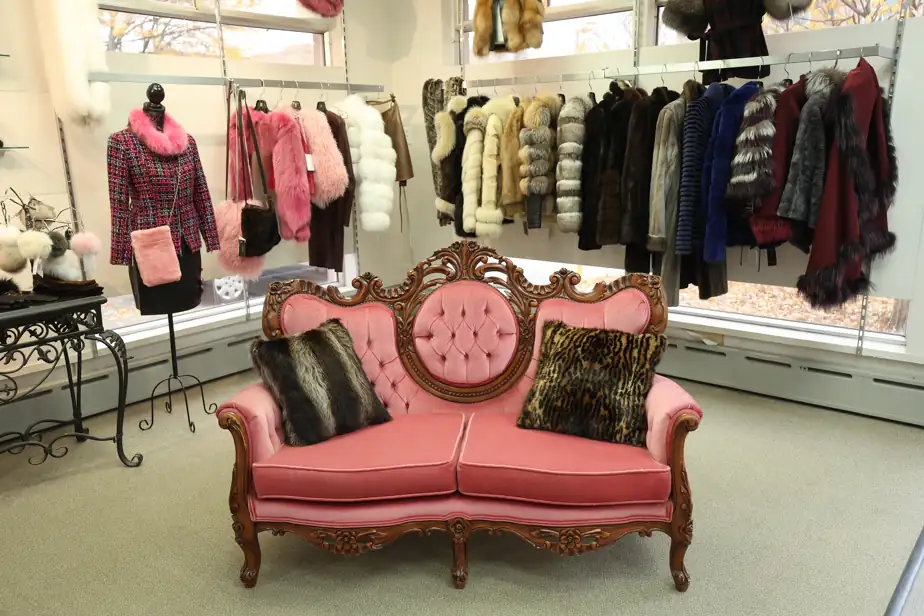
In the GAMA showroom, the creations all make you want to bundle up. The "before and after" of a long, heavy coat, now a jacket in recycled pearl mink, with spiral sleeves, is breathtaking. There's also the unrecognisable before and after of an old red fox turned sophisticated reversible coat.
The designer is aware that this natural material has lost its lustre to so-called "vegan" fur. But, she points out, it's important to remember that we're talking about recycled furs here, which can easily last up to 70 years if properly cared for. She believes there is a resurgent interest.
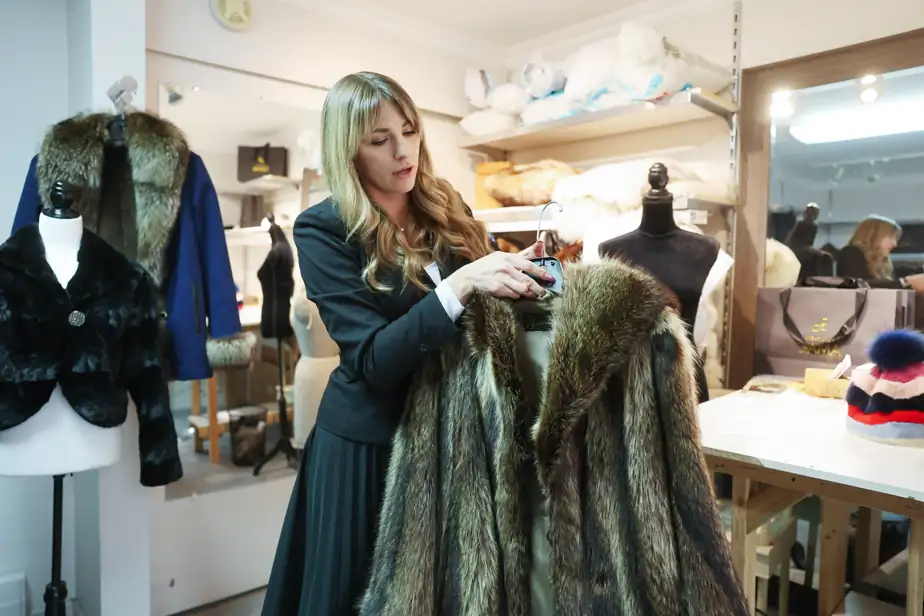
People mistakenly think that vegan fur is ethical, but they forget that it's made from petroleum (rayon, acrylic or polyester). It's not biodegradable, it's difficult to recycle. But all our fur coats have a history, there's an attachment, and it's ecological. It's slow fashion.
Gabrielle Mailhot-Côté, designer, fashion manager and founder of Créations GAMA
In Canada, the fur trade began in the late 17th century, when Europeans began buying beaver pelts from Indigenous peoples. The industry was long run by the Hudson's Bay Company. In Montreal's Fur Trade at Lachine National Historic Site, an old fur shed has been converted into an interpretation centre. These days, you need a licence to trade in the fur of a trapped or hunted animal. And several species are governed by strict export laws, such as the wolf, river otter, lynx and bear.
It's a different story when it comes to remodelling existing fur. Simon Ward, Director of Communications for the Fur Institute of Canada, a national spokesperson for the sector, explains that there is currently no directory of fur remodelling artisans. A few companies are fairly well known in Quebec, including Fourrures Robert Émond. For hats and mittens, there's Harricana. And during the COVID-19 pandemic, Art'Abaska, a start-up from the Victoriaville region, made a name for itself by offering mittens to Premier François Legault.
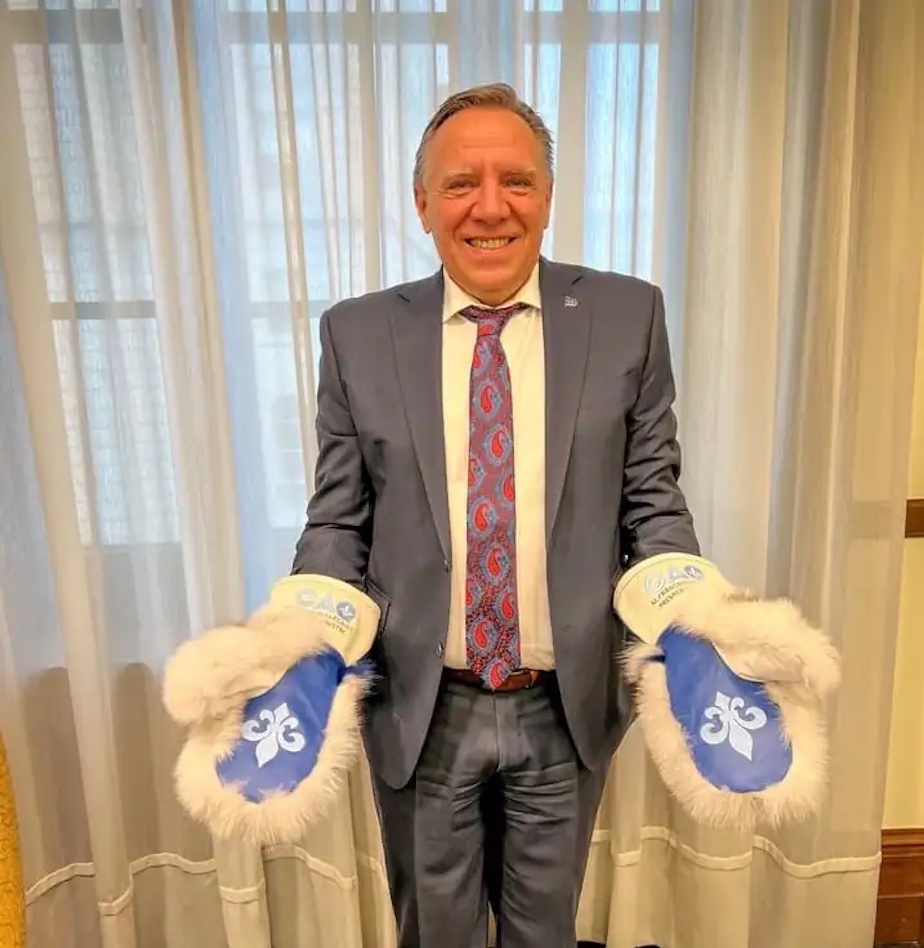
Self-taught
Marie-Claude Girard and Martin Brûlé have become passionate about remodelled fur mittens, earmuffs and moccasins. Almost all their Art'Abaska creations bear the names of the grandmothers or great-aunts to whom the coats belonged. On the other end of the phone, the couple tell us that two years ago, they received a lynx coat to transform from a niece of Éva Morin, a nurse and midwife from Abitibi-Témiscamingue. Using her fur, she travelled through the colonies in a Bombardier B12 snowmobile in the 1940s to deliver hundreds of babies.
There are also mittens and moccasins from Laurette made by Rita and Annette. Each item is unique and comes with its own certificate. They take between eight and 25 hours to make, they say. The leather for the trimmings is new, they point out, but it comes from scraps collected from leather and upholstery suppliers. They remember the bright red new scraps that came from the banquettes of Nickels restaurants, once associated with Céline Dion.
"We started out during the pandemic," says Martin Brûlé. "We're self-taught. I remember the first mittens. … Marie-Claude broke three needles with her little Singer sewing machine. Today, we have fur sewing machines and three embroidery machines in our basement. We work during the day, we reshape the fur at night, we love what we do, we eat it."








